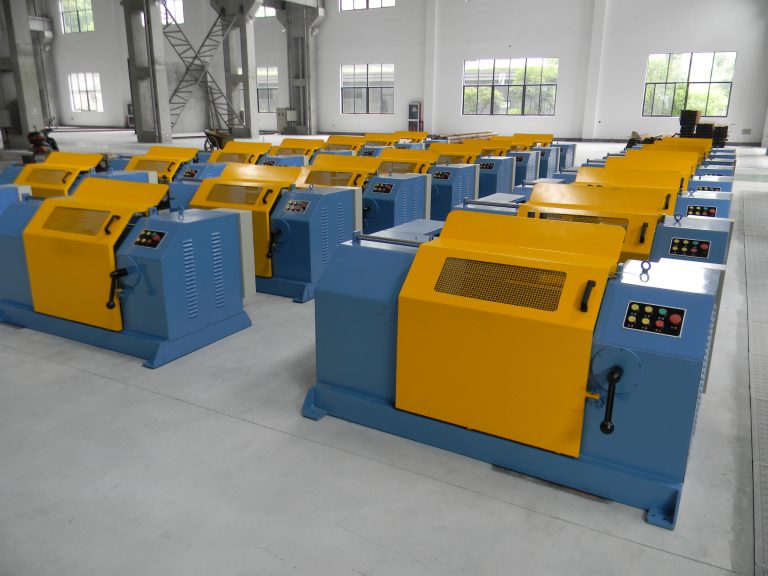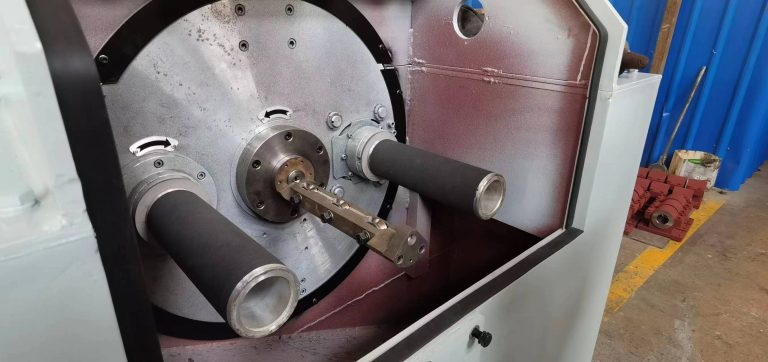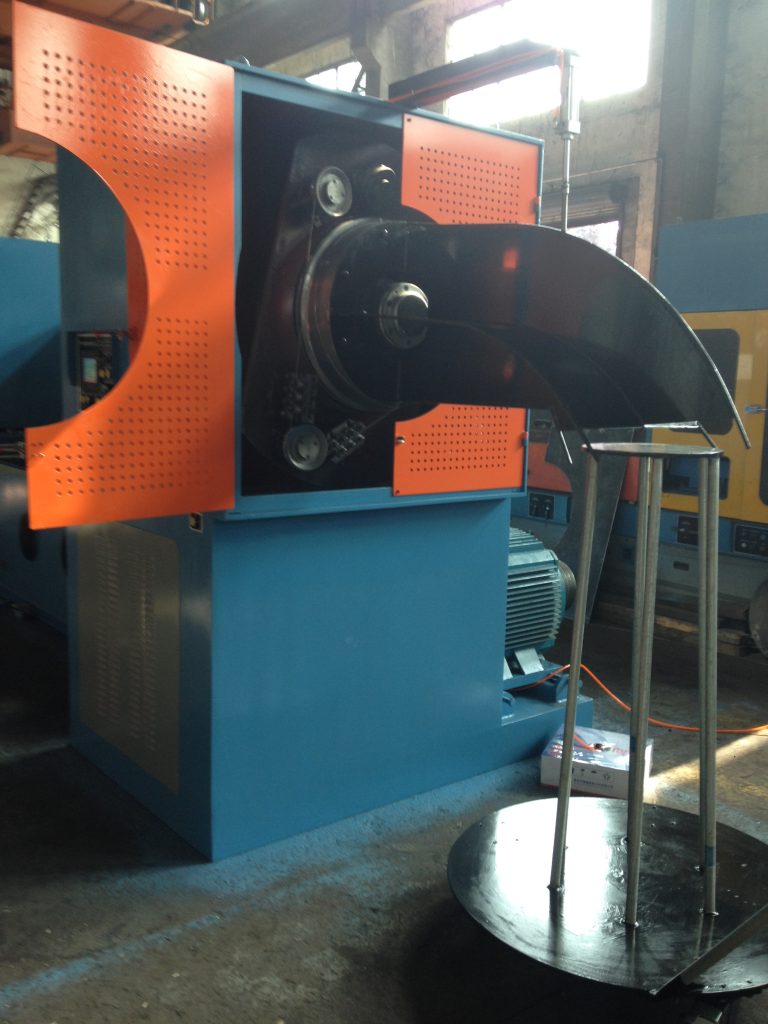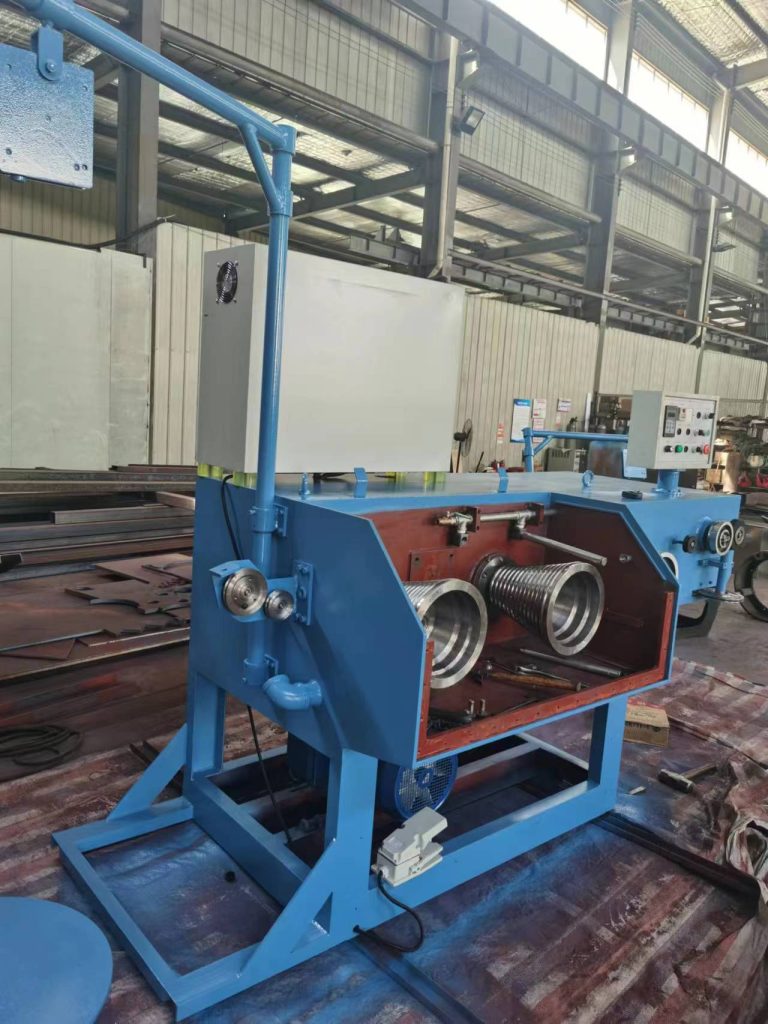Table of Contents
Advantages of Single Layer Winding in Electric Motors
Single layer winding and double layer winding are two common techniques used in the construction of electric motors. While both methods have their own advantages and disadvantages, single layer winding is often preferred for certain applications due to its simplicity and efficiency.
Single layer winding involves winding the coils of wire in a single layer around the stator or rotor of the motor. This means that each coil is placed side by side, with no overlapping layers. This results in a more compact design, as the coils are closer together and take up less space. Additionally, single layer winding allows for better heat dissipation, as there is less insulation between the coils.
One of the main advantages of single layer winding is its ease of manufacturing. Since the coils are wound in a single layer, the process is simpler and faster compared to double layer winding. This can result in cost savings for manufacturers, as less time and labor are required to produce the motor.
Another advantage of single layer winding is its improved efficiency. The closer proximity of the coils in a single layer winding design reduces the resistance in the motor, leading to lower energy losses and higher efficiency. This can result in a motor that runs cooler and lasts longer, making it ideal for applications where reliability is crucial.
Single layer winding also offers better control over the motor’s electromagnetic properties. By arranging the coils in a single layer, manufacturers can more easily adjust the motor’s characteristics, such as torque and speed. This allows for greater flexibility in designing motors for specific applications, ensuring optimal performance.
In addition, single layer winding can result in a motor that is quieter and produces less vibration. The compact design and reduced resistance in single layer winding motors lead to smoother operation, resulting in a quieter and more stable motor. This can be particularly important in applications where noise and vibration are a concern, such as in household appliances or HVAC systems.

Overall, single layer winding offers several advantages over double layer winding in electric motors. From its simplicity and efficiency in manufacturing to its improved performance and reliability, single layer winding is a preferred choice for many applications. By choosing single layer winding, manufacturers can create motors that are not only cost-effective to produce but also deliver superior performance and longevity.
Differences Between Single Layer Winding and Double Layer Winding
When it comes to designing electrical machines, the winding configuration plays a crucial role in determining the performance and efficiency of the machine. Two common winding configurations used in electrical machines are single layer winding and double layer winding. While both configurations serve the same purpose of creating a magnetic field within the machine, they differ in their construction and characteristics.
Single layer winding, as the name suggests, involves winding the coils in a single layer around the stator or rotor core. This means that each coil is placed side by side without overlapping with other coils. This configuration is commonly used in small to medium-sized machines where space is limited. Single layer winding offers several advantages, such as better heat dissipation due to the coils being spread out, lower resistance, and easier manufacturing process.
On the other hand, double layer winding involves winding the coils in two layers around the stator or rotor core. In this configuration, the coils are placed in two layers, with one layer on top of the other. Double layer winding is often used in larger machines where space is not a constraint. This configuration offers higher efficiency and better performance compared to single layer winding. However, it also comes with some drawbacks, such as increased resistance due to the coils being closer together and a more complex manufacturing process.
One of the key differences between single layer winding and double layer winding is the distribution of the winding over the core. In single layer winding, the coils are spread out evenly over the core, which helps in reducing the magnetic flux leakage and improving the overall efficiency of the machine. On the other hand, in double layer winding, the coils are packed more closely together, which can lead to higher magnetic flux leakage and lower efficiency.
Another difference between the two winding configurations is the number of turns per coil. In single layer winding, each coil has a single turn, while in double layer winding, each coil has multiple turns. This difference in the number of turns affects the overall performance of the machine, with double layer winding typically providing higher torque and power output compared to single layer winding.
Additionally, the insulation requirements for single layer winding and double layer winding are different. In single layer winding, the insulation between the coils is relatively simple, as the coils are spread out and do not overlap. In double layer winding, however, the insulation between the two layers of coils is more complex, as the coils are packed closely together. This can increase the risk of insulation breakdown and require more careful manufacturing processes.
In conclusion, both single layer winding and double layer winding have their own advantages and disadvantages. The choice between the two winding configurations depends on the specific requirements of the electrical machine and the desired performance characteristics. Single layer winding is suitable for small to medium-sized machines where space is limited, while double layer winding is more suitable for larger machines that require higher efficiency and power output. Understanding the differences between these two winding configurations is essential for designing and optimizing electrical machines for various applications.






